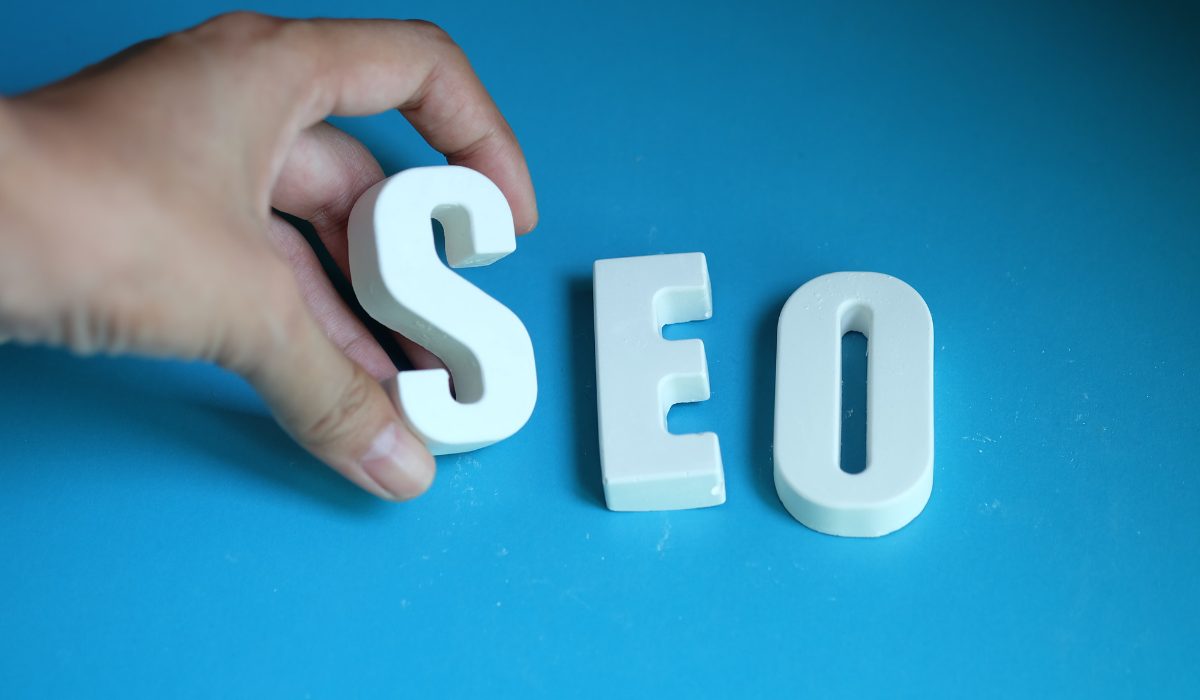On-page SEO, also known as on-site SEO, involves optimizing individual web pages and their content to enhance visibility for search engines and improve user experience. Effective on-page SEO can help your pages rank higher on Google and attract more organic traffic.
Key tasks in on-page SEO include optimizing for search intent, refining title tags, managing internal links, and structuring URLs effectively.
Before diving into various techniques for on-page optimization, let's distinguish between on-page SEO and off-page SEO:
On-Page SEO vs. Off-Page SEO
On-page SEO encompasses all actions taken directly on a webpage to enhance its search engine rankings. This includes optimizing content, meta tags, and internal linking structures.
Off-page SEO, on the other hand, involves optimizing factors external to your website to improve rankings. Key aspects include building backlinks, leveraging social media, and engaging in public relations efforts.
Both on-page and off-page SEO are important for SEO strategy, each contributing uniquely to improving a site's visibility and authority in search engine results.
Why Is On-Page SEO Important?
Improves Visibility: When your content matches what search engines are looking for, your pages are more likely to appear in search results.
Improves User Experience: Well-optimized pages deliver useful information quickly, hence improving the overall user experience.
Increases Click-Through Rate (CTR): Proper on-page SEO can make your search results more appealing, resulting in greater CTRs.
On-Page SEO Techniques to Optimize for Your Website
- 1. Create unique and Valuable Content
- 2. Place the target keywords strategically.
- 3. Write keyword-rich title tags and meta descriptions
- 4. Use headers and subheadings to organize your website
- 5. Optimize URLs
- 6. Add internal links
Create unique and Valuable Content
Creating unique and quality content is essential for successful on-site SEO Optimization. To begin, undertake extensive keyword research to uncover appropriate topics and target phrases that match your audience's search intent. This basic stage guarantees that your content is relevant and effectively attracts and engages your target audience.
Place the target keywords strategically
Now that you have identified your target keywords, the next step is strategically placing them within your content. Google scans your content to determine its relevance, and readers will do the same to understand the page's topic.
So you should include your goal keywords in the following essential areas:
- 1. H1
- 2. First paragraph
- 3. Subheaders (H2, H3, etc.)
- 4. Page URL
Write keyword-rich title tags and meta descriptions
Writing keyword-rich title tags and meta descriptions is essential for effective on-page SEO. Title tags are HTML elements that define the title of a web page and appear as clickable headlines in search engine results pages (SERPs). Including relevant keywords in your title tag helps search engines understand the content of your page and improves its chances of ranking for relevant queries. Similarly, meta descriptions provide a summary of the page's content beneath the title tag in SERPs.
Use headers and subheadings to organize your website
Using headings (such as H1, H2, etc.) and subheadings is crucial for structuring your webpage effectively. These HTML elements not only organize your content visually but also help search engines understand the hierarchy and context of your information. using headings and subheadings not only enhances readability and user experience but also plays a significant role in optimizing your page for search engines by providing clear signals about your content's structure and relevance.
Optimize URLs
Optimizing URLs involves keeping them brief, descriptive, and relevant to the content of your website. Including your target keyword in the URL helps users and search engines understand what the page is about. Optimizing URLs with relevant keywords improves SEO and user experience by clearly indicating your web page's content to search engines and users.
Add internal links
Internal links are hyperlinks within your website that direct users to other pages on the same site. They play a crucial role in optimizing on-page SEO for several reasons:
-
They help search engines understand the structure of your site and how pages are related to one another.
-
They enable Google crawlers to find and navigate to new pages.
-
They suggest to Google that the linked page is valuable.
-
They help visitors navigate your website (and keep them there longer)
Conclusion
By following these on-page SEO practices, you can improve your website’s search engine rankings, increase organic traffic, and provide a better experience for your visitors. Remember, on-page SEO is an ongoing process that requires regular monitoring and updating to stay ahead of the competition. As a digital marketing Agency, Amorio Technologies provides comprehensive services that include optimising internal links to maximize SEO effectiveness and user experience across all digital platforms. Contact Us Today
![$fetchPortfolio['title']](https://amoriotech.in/frontend/images/logo.png)
